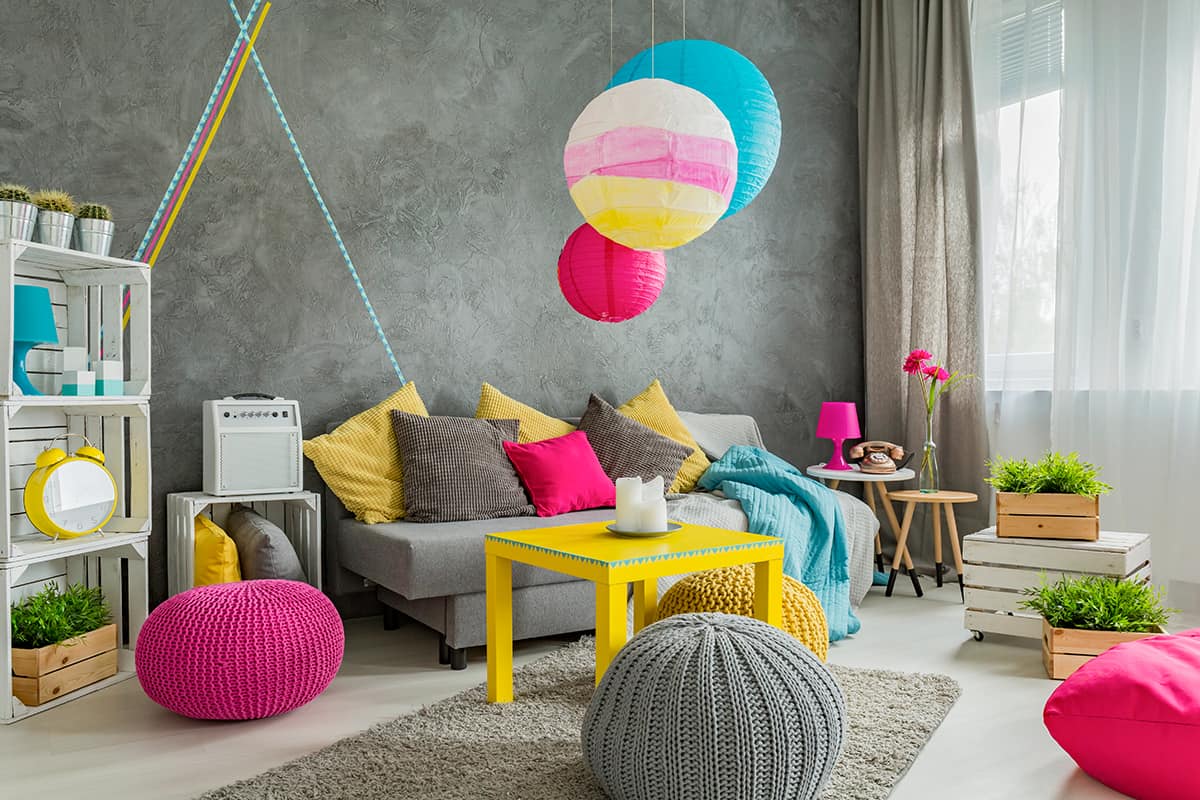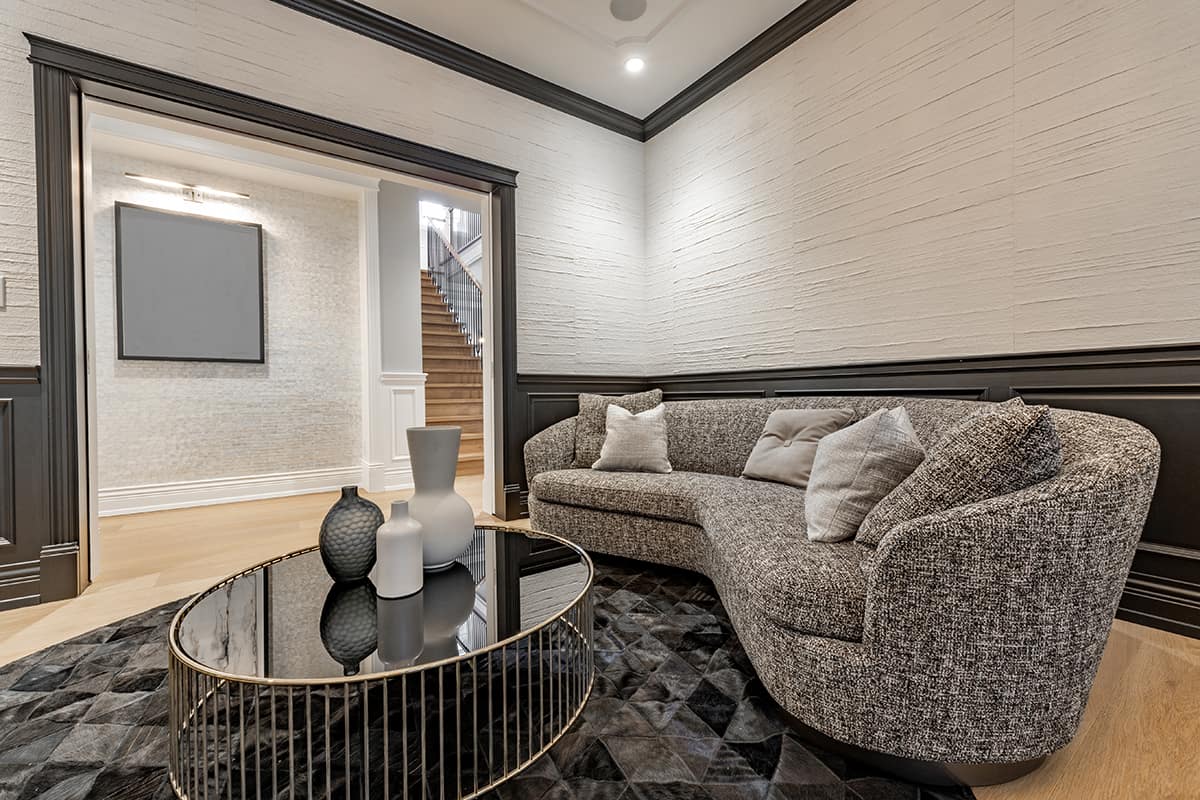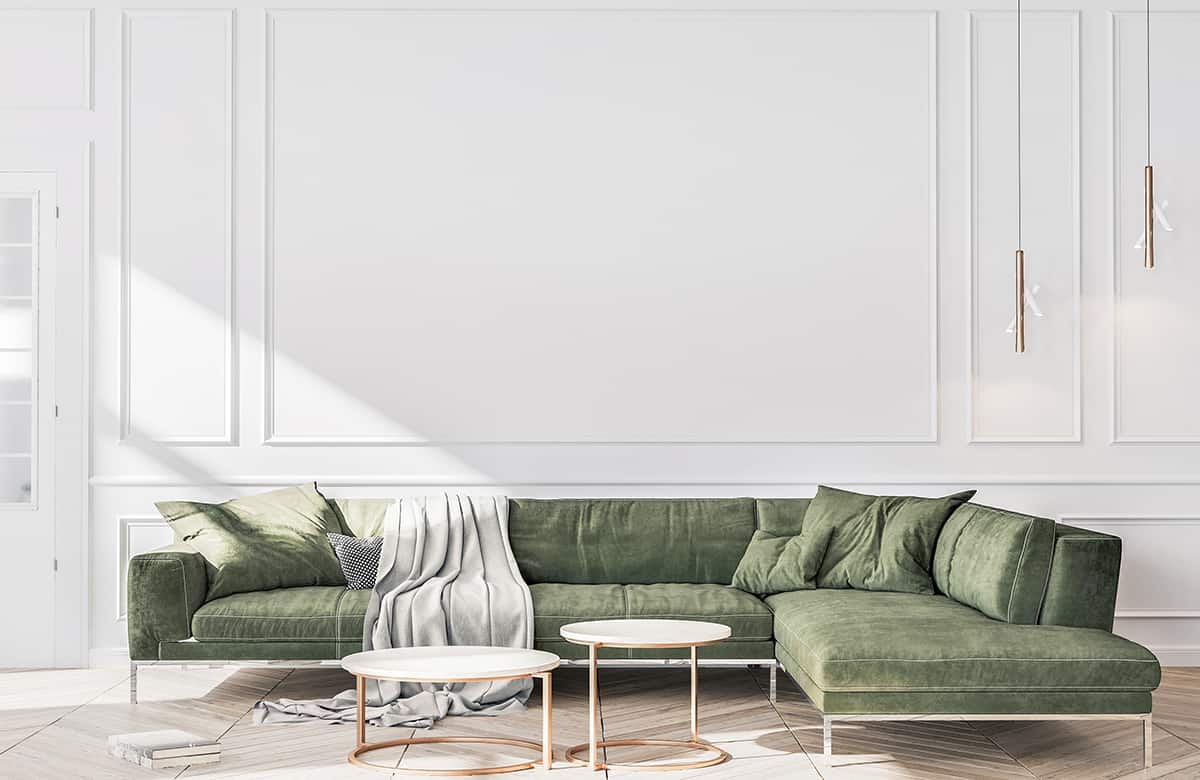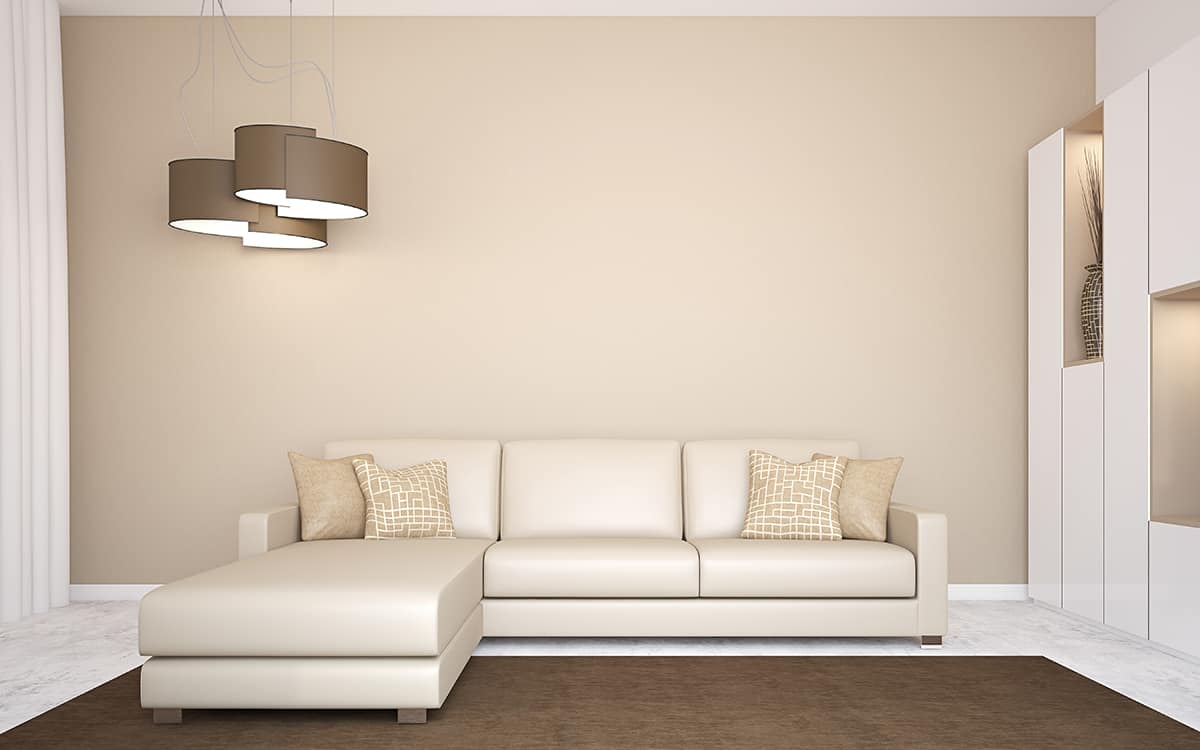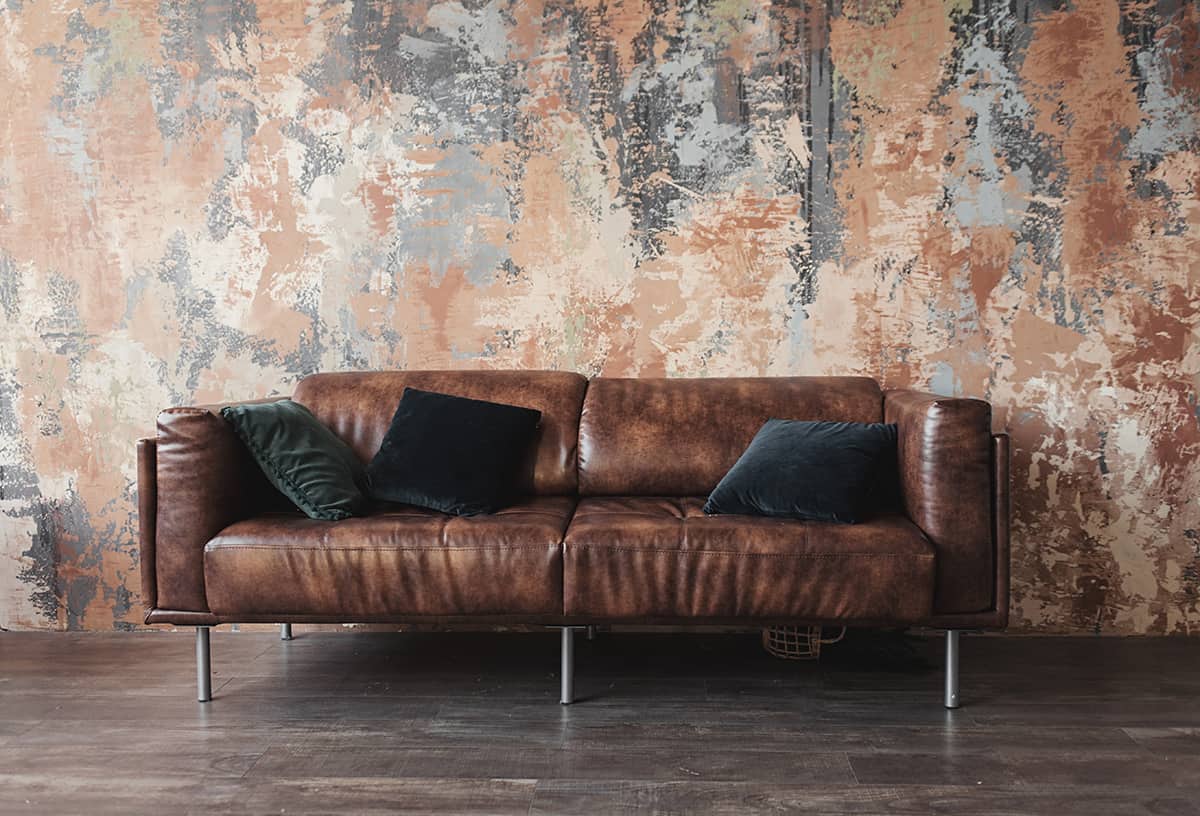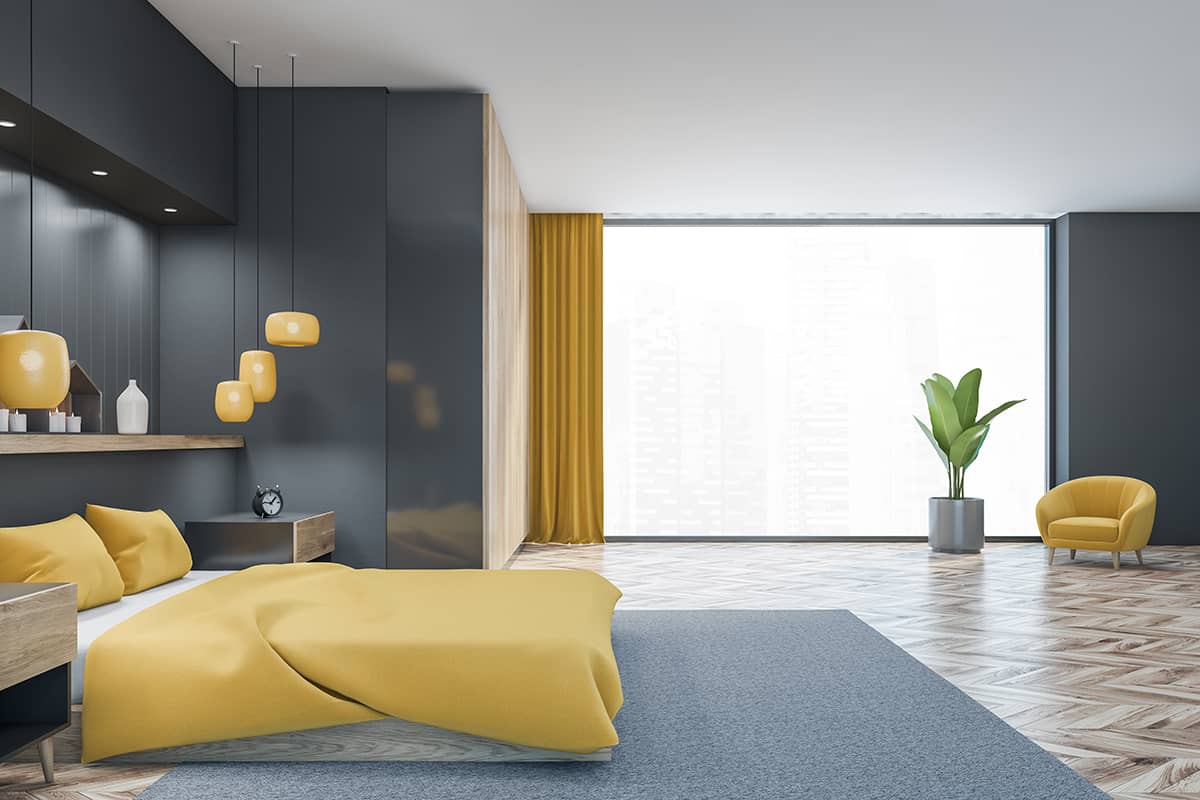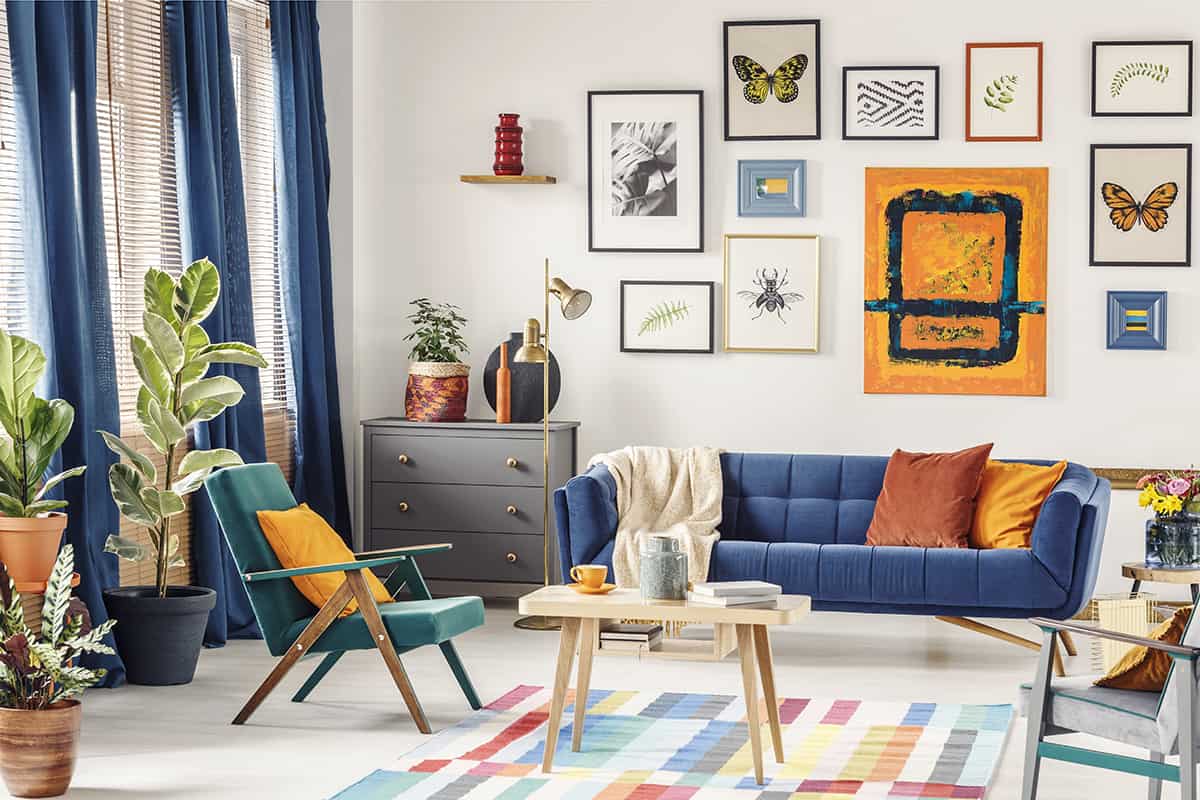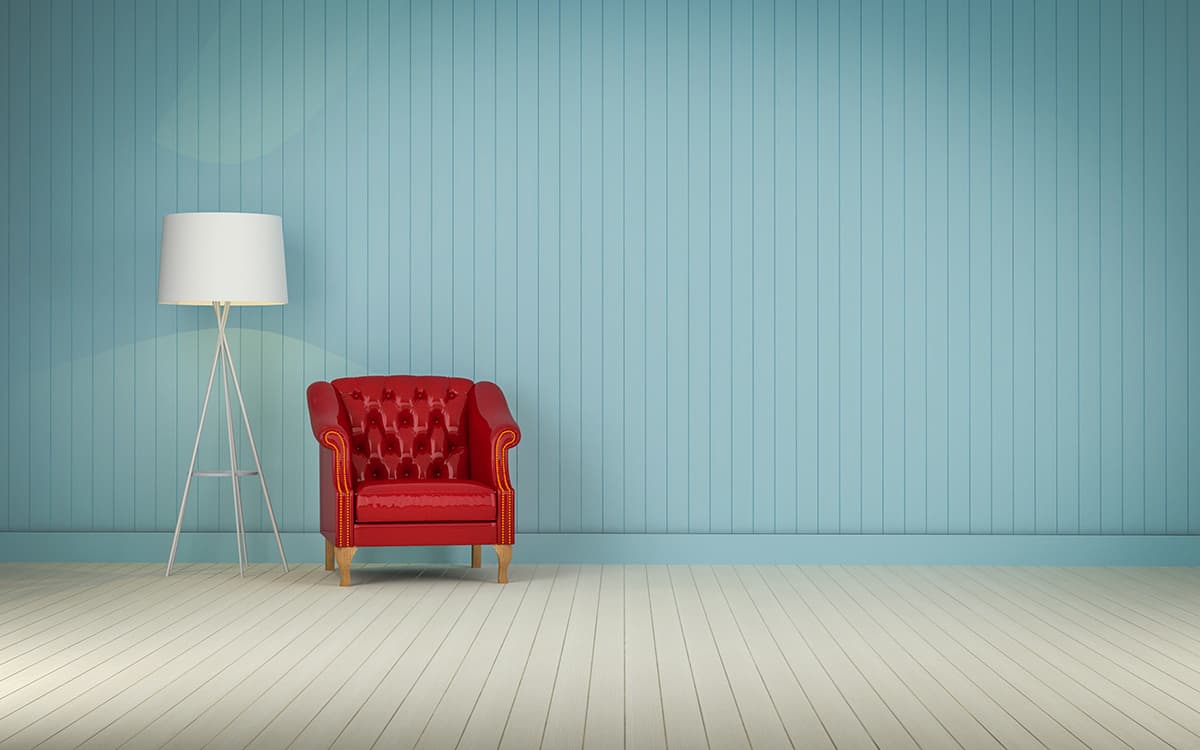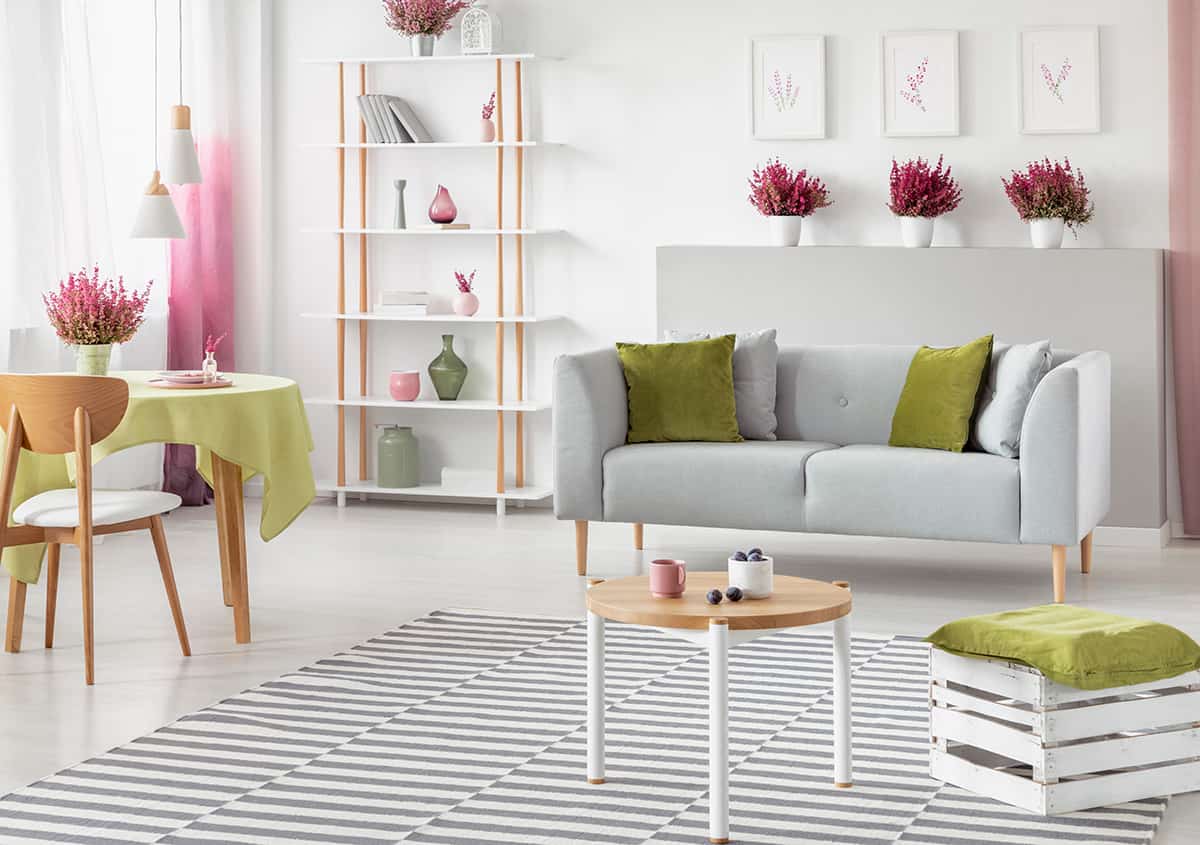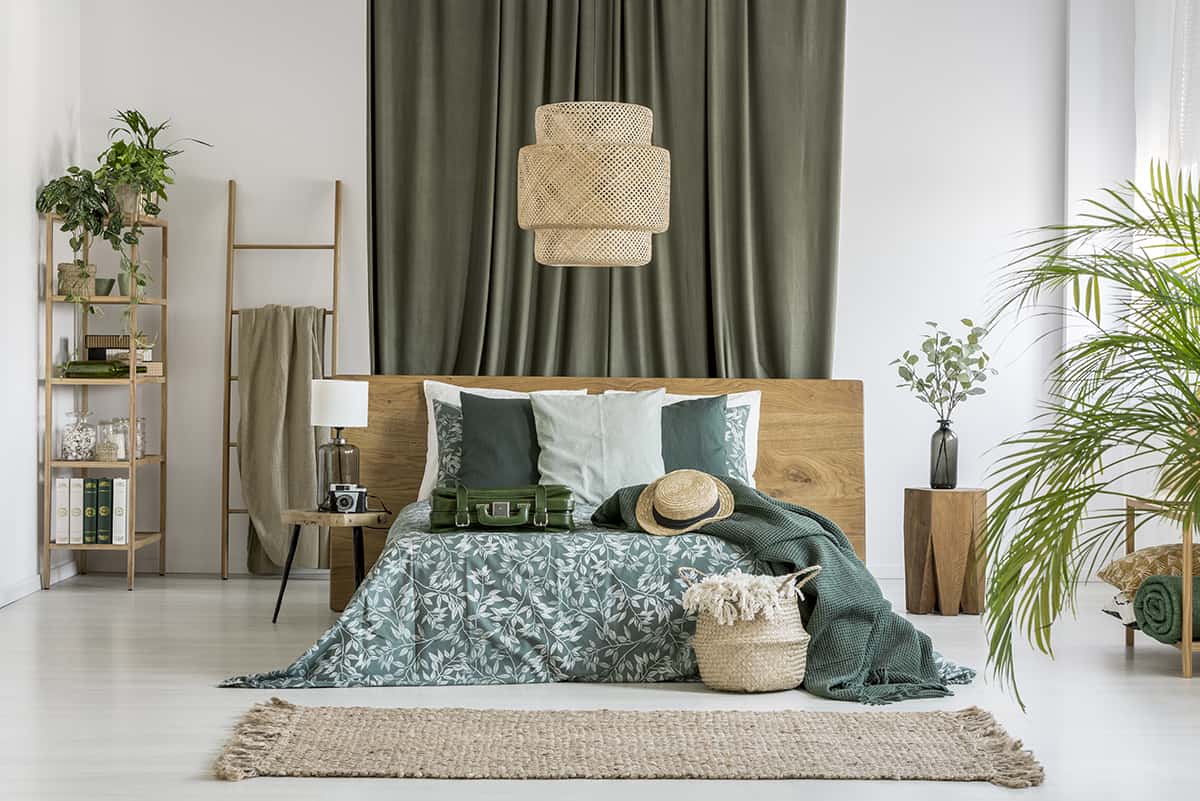There are more colors that go with everything than you might initially think. While black, white, and beige might be the first colors that come to mind when thinking of those that pair with everything, there are actually more options available. Saturated colors, for instance, can work well with any other hue, adding a touch of vibrancy to your designs or outfits.
Understanding the variety of colors that can be seamlessly combined with others will open up a world of possibilities for you. So, let’s delve into the colors that you can trust to work with any other tone.
Why You Need to Learn Colors That Pair with Everything
Understanding colors that match everything is valuable for both home decor and fashion. In home decor, choosing a sofa with a versatile color ensures it remains compatible with various room designs. This prevents the frustrating experience of painting around a sofa or buying a new one due to color scheme changes1.
In fashion, a versatile color for accessories like handbags and shoes ensures they complement multiple outfits. Although black is a popular choice, other colors can be just as versatile.
Here are some examples of colors that pair well with many others:
- Neutrals:
- Black
- White
- Beige
- Brown
- Gray
- Non-neutrals:
- Navy Blue
- Pale Blue
- Olive Green
- Khaki Green
By learning these versatile colors, you maximize the longevity and compatibility of your home and wardrobe choices. No need to repaint, redecorate, or overspend on new items to match current trends. Embrace these adaptable colors and make your life easier while staying stylish.
Neutrals
Neutrals are the obvious colors that will go with everything. These colors don’t have particularly strong tones and, therefore, can easily be used with pretty much any color you could think of.
While there are certain colors that bring out the best in these neutral tones, you could technically pair any color with them, and it wouldn’t look ugly or out of place.
Black
Black is a color that will reliably work with any other color. This deep and dark shade has a bit of a bad reputation for being morbid, mostly associated with death, grief, depression, or fear. However, black is seeing something of a revival in interior design thanks to the trend for darker interiors.
Black can be used with other neutrals for a very classic style, such as black and white, black and gray, or black and beige. But black also pairs really well with more saturated colors such as teal, forest green, blush pink, and mustard yellow.
You could incorporate black into your interior decor in small ways, such as with black photo frames, black floating shelves, or black trim, or you could make black the main feature by painting walls in a deep, velvety shade of black. In fashion, black serves as a staple color that can be dressed up, accessorized, or worn alone.
The black color featured in this room’s trim and furniture accents acts as a neutral foundation, effortlessly complementing the various elements. It pairs seamlessly with the off-white walls, enhancing their brightness while also creating a striking contrast with the textured grey sofa.
Black harmonizes with the metallic sheen of the coffee table and the subdued tones of the decorative vases, tying together the monochromatic palette and the reflective surfaces.
White
White is another neutral color that is relied upon throughout almost every interior design project you will have ever seen to go with everything.
In interior design, you’ll find white elements like trim, doors, ceilings, and appliances. Use it as the main color or as an accent for darker rooms.
The beauty of white in this space is its ability to allow other colors to take center stage while also providing a tranquil and chic setting that feels both welcoming and effortlessly stylish. Step into this inviting living room, and you’ll be greeted by a charming green couch that provides a lovely contrast to the surrounding white decor.
The walls, draped in a soft white hue, create a bright and expansive feel, while two tables, each with a pristine white finish, echo the room’s clean and cohesive look. This white canvas makes the green couch stand out, its color reminiscent of lush foliage, and it becomes the room’s natural centerpiece.
Beige
Beige is considered to be a neutral color, but it actually has distinctly warm tones. Beige also pairs well with any color because it doesn’t have a strong personality of its own.
The shade of beige you choose will affect which color works best with it, but essentially you can rely on the fact that any shade of beige will work with any other color.
Strong shades of beige, like tan work well with colors that are significantly darker, like navy or brown, or significantly lighter, such as pale gray. Lighter shades of beige, such as oatmeal, will go with anything.
Brown
Brown is another warm neutral that can work with any other color. If you think about a pair of brown leather boots or a brown tweed jacket, there is no color of outfit that you couldn’t wear with these.
The same goes for the decor in your home; a brown leather sofa or brown hardwood flooring will work well with any color you would like to use with it.
Gray
Gray, a neutral with cool or warm undertones, works with any color. It adds modernity to warm schemes and elegance to cool ones. With a variety of gray shades available, there’s one for everyone’s taste.
In this bedroom, gray serves as a neutral backdrop. A yellow bed offers a striking contrast to the gray walls, demonstrating gray’s ability to complement and accentuate bolder colors. Gray bedding, a rug, and accessories create a cohesive look, while the yellow adds a vibrant touch, showcasing gray’s versatility in interior design.
Non-neutral Colors
Many people are surprised to find that there are colors that will go with everything. If you want to choose a color for your walls, a piece of furniture, or a pair of shoes that you know will match any color, there is more available to you than just neutrals.
Navy Blue
Navy blue is a versatile color that pairs well with any other color. It can create unique contrasts with warm shades like burnt orange, bright yellow, or burgundy.
Combining navy blue with different shades of green results in a refreshing look. For a glamorous touch, pair navy blue with blush pink, or create a tropical vibe with hot pink.
Navy blue also complements lilac and lavender for a luxurious, regal look. If you prefer a more neutral pairing, consider white, gray, and shades of beige for a nautical look or brown for a formal style.
The navy blue sofa serves as a versatile anchor for this room’s color scheme, demonstrating the color’s ability to harmonize with a wide array of hues. Its deep, saturated tone contrasts beautifully with the warm, earthy tones of the wooden furniture and the terracotta pot, as well as the vibrant pops of color from the mustard yellow cushions and multi-colored rug.
Pale Blue
If you own a pair of classic light blue denim jeans, you will know that this is an item that can be worn with any color, from a bright red t-shirt to a black turtleneck jumper or a pale pink shirt.
It is on this basis we know that pale blue is a color that will go with everything, and this also translates in interior design.
If you have pale blue bed sheets, you could use them in any bedroom in your home, because you can be sure they will work with the wall color.
The colors you use with pale blue will help to define the style. For example, red with pale blue can look retro, while gray with pale blue will look modern. Purple or pink with pale blue can create a cute or country cottage style, while white with pale blue will feel very clean and calming.
Olive Green
Olive green is an earthy tone that can be considered a neutral color due to its brown and beige undertones. This trendy color in interior design goes well with various color schemes, ensuring the longevity of your olive green decor investments.
Olive green pairs exceptionally well with blush pink, gray, beige, greige, navy blue, pale blue, terracotta, mustard yellow, burnt orange, burgundy, red, and eggplant purple.
Olive green, as seen in these accent cushions, serves as a versatile color that enriches the room’s palette. It works harmoniously with the gentle pink of the table and wall decor, the soft grey of the upholstery, and the crisp white of the walls and striped rug. This color adds depth to the room and underscores the design’s balance between warm and cool tones.
Khaki Green
Khaki green is an earthy color with a cooler feel, similar to olive green but containing more gray. It works well with any color scheme, blending nicely with neutrals and bright, bold colors. Khaki green can create visually appealing contrasts, adding depth and interest to your space.
Khaki green in this setting is a testament to its adaptability, seamlessly blending with the warm wood tones, the crisp white walls, and the lighter shades of green in the foliage. It embodies an organic aesthetic that feels at home among both neutral and vibrant elements.
